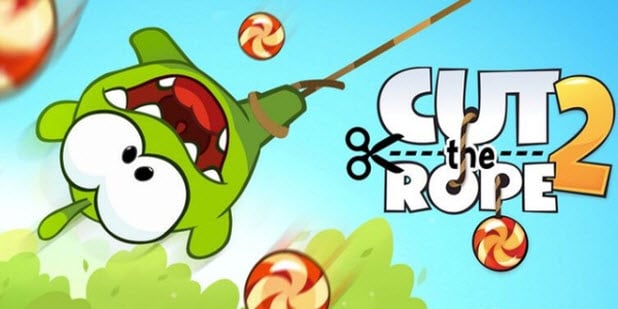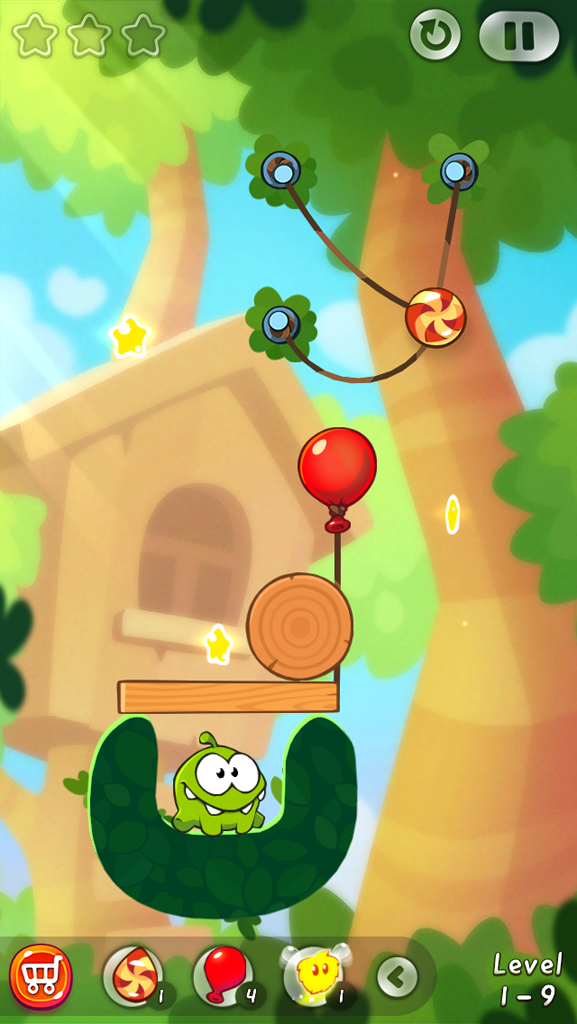

By 5th grade, students will divide up to four-digit whole number dividends by two-digit divisors using strategies based on place value. Students in 4th grade should also work with division of whole numbers involving remainders. By 4th grade, students will divide up to four-digit whole number dividends by one-digit divisors using strategies based on place value, such as partial quotients, area models, and arrays. In 3rd grade, students will fluently divide within 100 relating division to their multiplication facts. However, as the formal method of division (commonly known as the partial product method) isn’t introduced until upper elementary school, the division questions students will encounter will reflect this. How long is each piece?ĭivision questions will appear throughout elementary school. Other division questions may require the use of a formal written method, such as the partial product method.Ĭ) A length of ribbon measures 28.8cm. Children should be able to use their place value knowledge for this. Children should be able to use their multiplication and division fact families to solve this.ī) A $283 bill at a restaurant has to be split between 10 people.

How many should each child get?ġ6 candies ÷ 4 = 4 candies each. Patel has 16 candies to share between 4 children. Whatever the dividend is being divided by is called the divisor ĭivision questions may be solvable mentally, perhaps by recalling multiplication facts or place value knowledge to divide into equal groups.



 0 kommentar(er)
0 kommentar(er)
